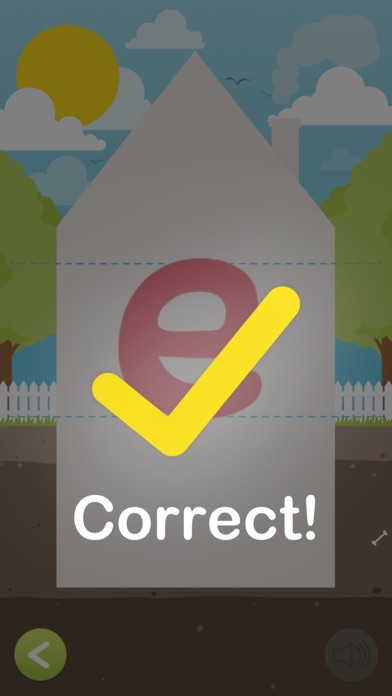
Learn to Read - Crack the Code
The purpose of Crack the Reading Code is to teach what is practical for reading:
- Shape
- Writing direction
- Sound.
These are the foundations of reading.
Children can acquire the essential knowledge that letters represent sounds, fit together and makes words that have meaning.
The content has been developed by experienced teachers - A supplement to writing textbooks and reading education
Children in kindergarten who are curious about letters will also think its exciting.
* THE SOUND OF THE LETTERS BEFORE THE NAMES.
Crack the Reading Code uses exclusively letter sounds.
Children often learn the names of the letters instead of the sound of the letters. This means that they must apprehend something that they cannot use for their further reading. Often, they will have to relearn it when they are shown sounds at school that they have to use to read.
Broadly speaking, they have no use for the letter names in the initial stages of reading.
* THE 120 MOST USED WORDS AS WORD PICTURES.
Many of the 120 most used words are not spelled as they sound. Therefore, it is a big help to recognize these as word pictures.
Children wont be forced to sound it out here, but instead just recognize the word like they recognize their own name or that a big yellow M means McDonalds.
That is why these 120 are trained as word pictures in Crack the Reading Code.
Uppercase letters for the intermediate learner.
Many children first learn the big letters. Of course, these must also be learned, but it should happen only when the child already recognizes the small letters.
It is easier to relate to one shape per sound than two.
When they have learned the lowercase letters, they can already recognize the letters in the books they must read.
Switching between the lowercase and uppercase in Settings.
Settings:
- Turn the music in the menus on/off
- Hide the text direction. Hiding the text direction increases the level of difficulty.
- Switch between uppercase and lowercase letters.
We recommend that you only change to big letters when the small letters have been successfully learned.
Target audience:
4 - 10 years (those who cant read or have a hard time doing so).



